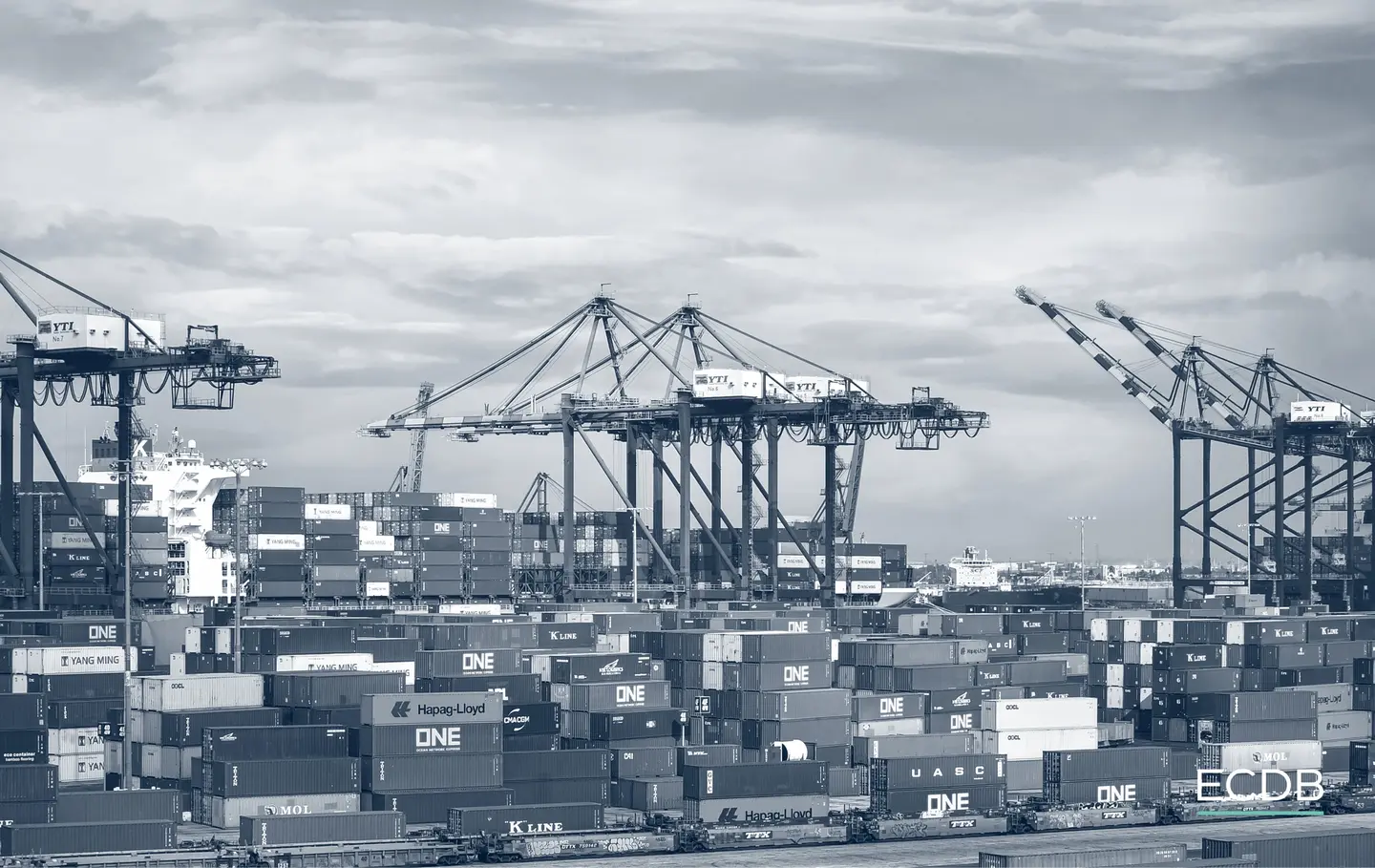Shipping service provider
A shipping service provider is a company that handles the physical transportation of goods from the seller to the buyer. Shipping providers offer a variety of delivery options, such as standard or express shipping, and can deliver to various destinations, including domestic and international locations. Examples of shipping service providers include DHL, UPS, and FedEx.
At ECDB, we include delivery methods such as "Self-collection / Click & collect" as part of the shipping service provider options. These options are important for customers who prefer to collect their orders in person or at a designated pickup location rather than have them delivered to their home or workplace.





